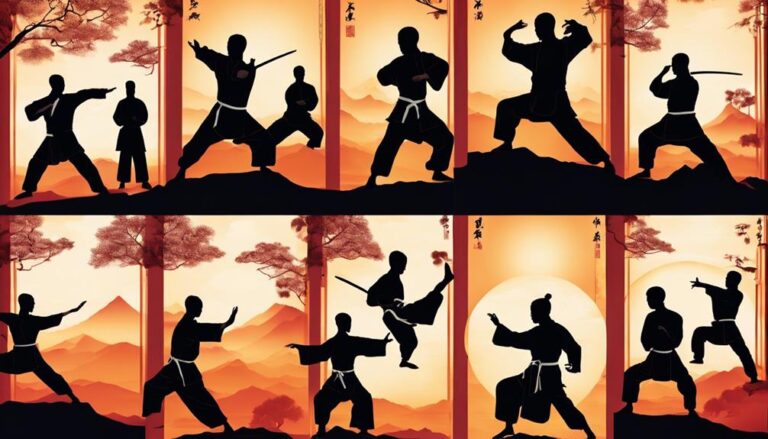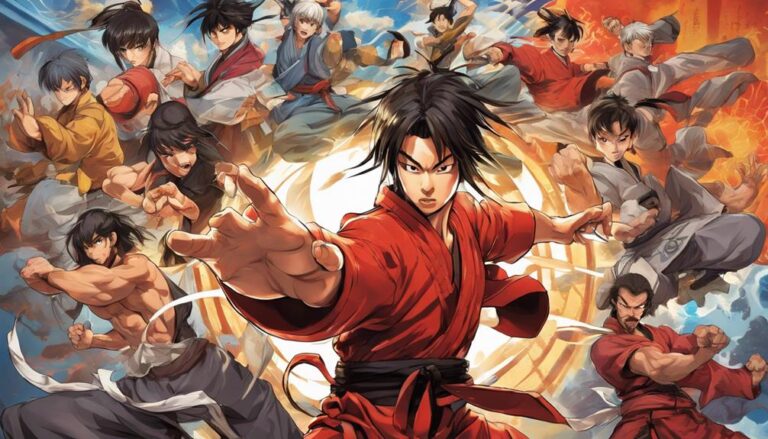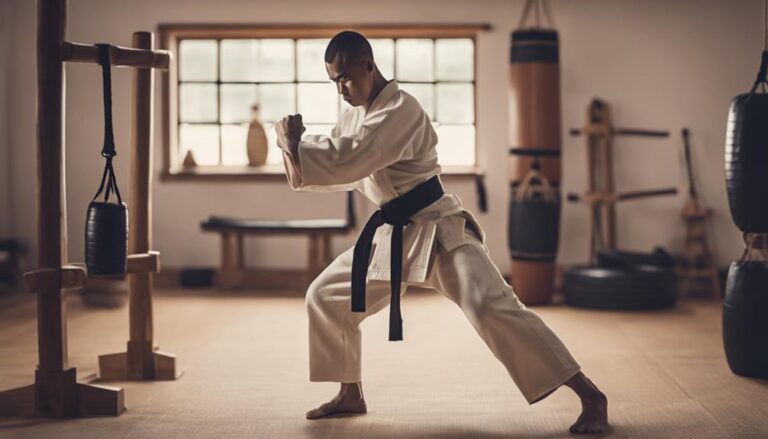Wing Chun and Wing Tsun refer to the same Kung Fu martial art concept. Wing Tsun specializes in self-defense, focusing more on quick and effective delivery against opponents.
Wing Chun and Ving Tsun are generic names referring to the fighting style taught by the late grandmaster Yip Man.
Wing Tsun is used more often to describe the art that Grandmaster Leung Ting and his association taught.
Therefore, the two names are not that different; they point out a fighting style that has existed over the years.
They all are the same, Kung Fu. Leung Ting’s trademark through Wing Tsun has greatly affected numerous schools that practice and train using wing Tsun.
With a focus on self-defense, Wing Tsun equips its practitioners with practical strategies to defend themselves in the case of an attack.
Contents
Wing Chun and Wing Tsun Serve Similar Functions
The primary function of Wing Tsun is to equip the practitioner with adequate skills to deal with an even larger or stronger opponent.
Compared to other martial arts, where the focus is on athletes or opponents of the same size, Wing Tsun offers a different approach by preparing the athletes for the opposite.
Wing Tsun practitioners are well known for defending themselves with potent strikes using every part of their body.
Training involves rapid techniques to deliver the required force against an attacker or weapons.
Despite having the same generic reference to Kung Fu, Wing Chun and Wing Tsun have slightly different stances and footwork, affecting the practitioners’ weight balance.
The techniques carry these differences and work towards providing an even better execution during the tournaments or self-defense against any attack.
Wing Tsun schools teach about aggressiveness and direct tactics employed in fights, including a thorough approach to fighting.
| Feature | Wing Chun | Wing Tsun |
|---|---|---|
| Origin | Foshan, Guangdong, China | Foshan, Guangdong, China |
| Founder | Ng Mui and Yim Wing Chun | Leung Ting |
| Training Approach | Practical and efficient | Scientific and systematic |
| Forms | Siu Nim Tao, Chum Kiu, and Biu Jee | Siu Nim Tao, Cham Kiu, and Bil Jee |
| Focus | Close range combat and trapping | Straight-line attacks and counterattacks |
| Techniques | Centerline theory, sticky hands, and simultaneous defense and attack | Chi Sao, kicks, and elbow strikes |
| Emphasis | Defending against stronger opponents | Using speed and precision to overcome opponents |
| Lineage | Many different branches and lineages | Mostly follows the teachings of Leung Ting |
| Belt System | No belt system, but some schools use sashes or uniforms | Belt system, with different colored belts indicating rank |
Similarities in Style and Technique
The technical structure of the whole sport is that it focuses on teaching defensive methods that are solid. This is to have an easier time delivering and maintaining good strikes in an attack.
Wing Chun and Wing Tsun apply techniques standard in Chinese martial arts, especially in trapping and other forms and techniques.
Contemporary styles of Kung Fu continue to refine various techniques and approaches to the martial art adapted across various regions worldwide.
The martial arts draw a practical approach in dealing with the self-defense mechanisms which govern the different ways the utilization of skills is based.
The vast styles adapted from Kung Fu and other martial arts do not change the principles and only workaround techniques that build on the excellent foundation of defense mechanisms.
The principles ensure effective fighting mode and a better scope at close self-defense systems.
Similarities in Movement and Defensive Styles
Movement is essential in martial arts as it has better effects even on the practitioners in creating good physical and mental space.
Like all martial arts, it builds tremendous confidence and clarity in thinking. Fitness is essential in creating effective strength and boosting focus on the practitioner’s mind.
In promoting good flexibility and health quality in an individual, Wing Tsun carries a great advantage as it can help with great body and mind coordination conditioning.
Kung Fu forms and styles have also contributed to the improvement of people and are championed for the great flexibility and quality it adds to people’s lives.
Techniques in Wing Tsun and Wing Chun carry effectiveness in their styles and forms that, through the application, offer better chances to the practitioners to be better at what they do.
Execution of the styles and techniques is added to the taught syllabus, which is essential in creating an effective system.
In incorporating defensive styles against opponents and weaponized attacks, Wing Tsun significantly affects the effects and strategies incorporated in the tournaments and even real-life defense.
It equips practitioners with efficient and reliable skills. Empty-hand skills are essential to building impressive blocks and defenses that adequately cover the attacks.
This is done with excellent coordination with other body movements that come in handy in defensive positions.
Modifying the principles and other Wing Tsun concepts creates a good and effective understanding of the movements and a powerful way to deliver force effectively.
Like other legends and grandmasters in martial arts, the evolution of the styles and techniques continue to grow and change for effective delivery.
Take Away
Wing Tsun and Wing Chun carry the same principles and founding concepts of Kung Fu, which means they share a lot in common.
Despite the similarities, unique techniques and forms may also be drawn through slights. Wing Tsun is a tradition that has been kept going over the years and has been a great reference in building practical skills and elevation of the practitioners.





